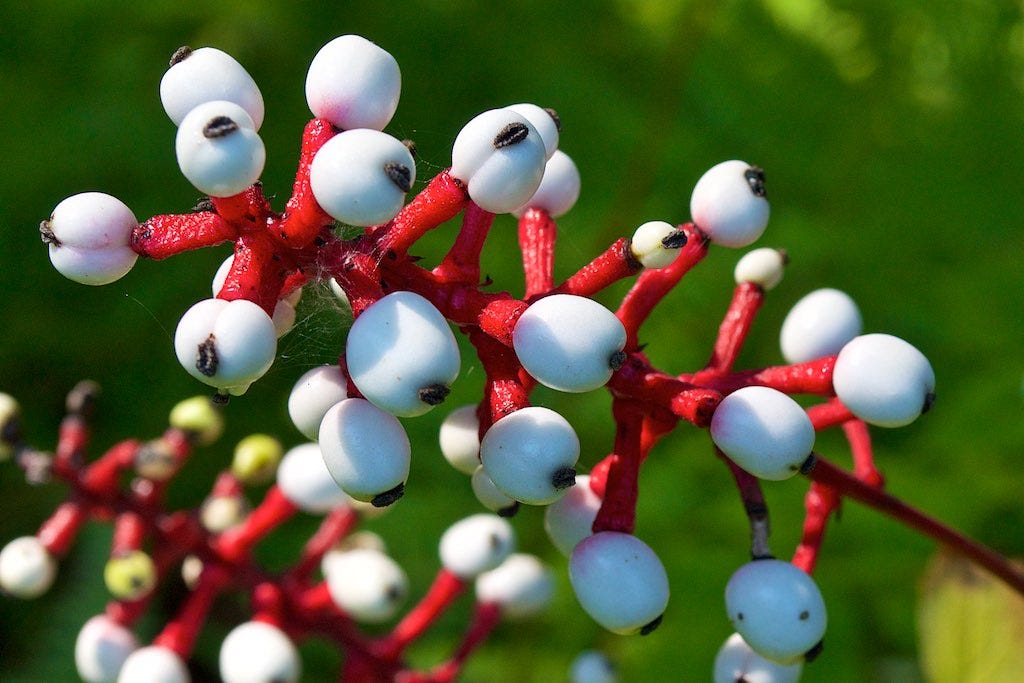3 unusual (and creepy) plants for your fall garden
And protecting spring bulbs from hungry critters
If you’re new here, welcome! To receive The Weekly Dirt in your inbox every week…

Hi, guys!
Happy almost-Halloween!
While most folks are focused on last-minute costume ideas, party plans and whether or not they’ve stocked enough candy, I’m thi…
Keep reading with a 7-day free trial
Subscribe to The Weekly Dirt with Jessica Damiano to keep reading this post and get 7 days of free access to the full post archives.


